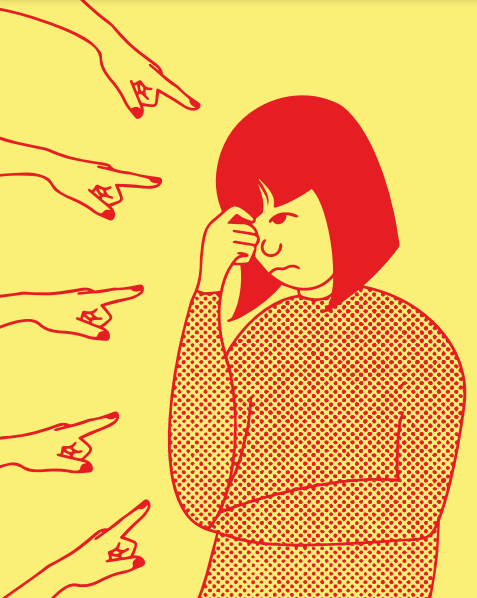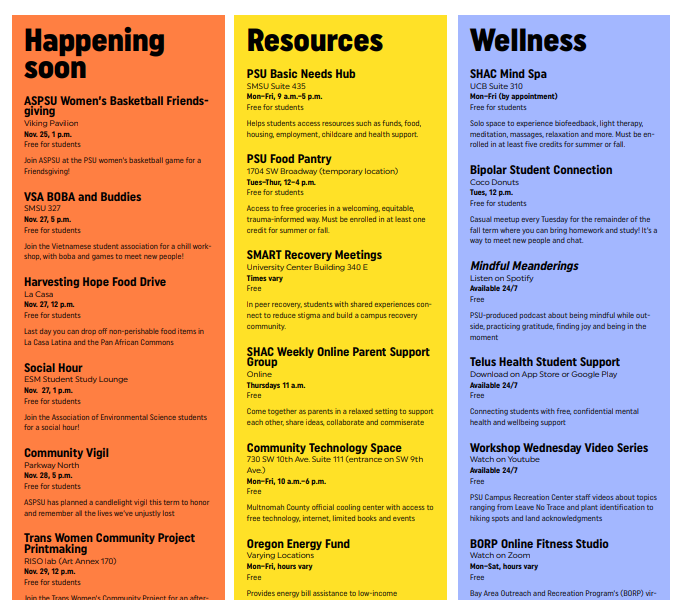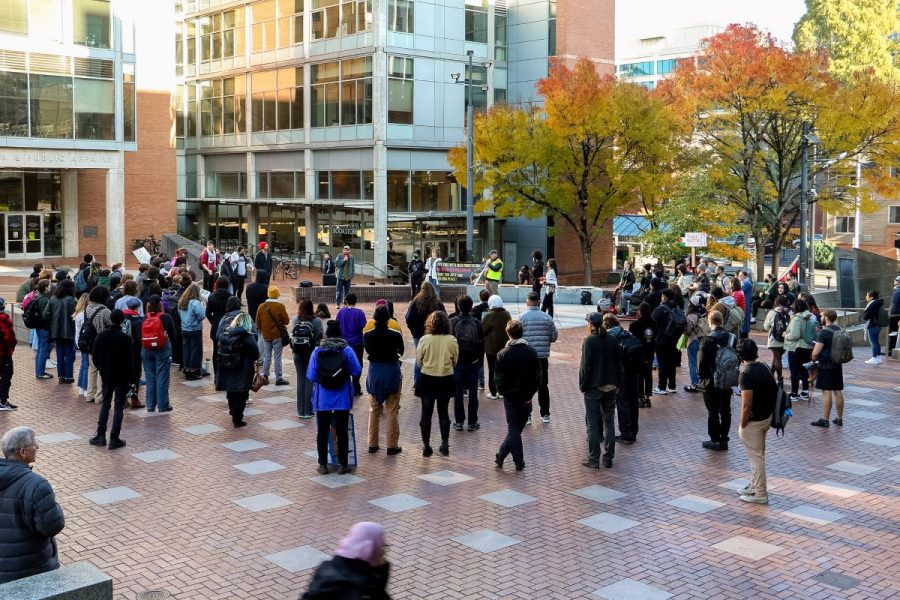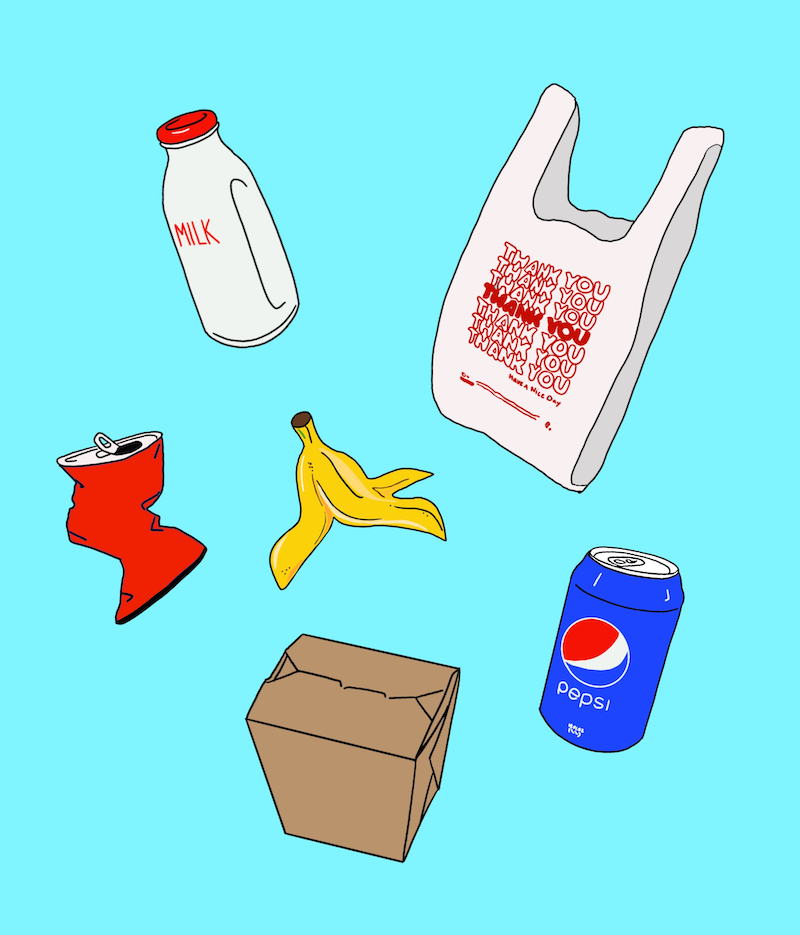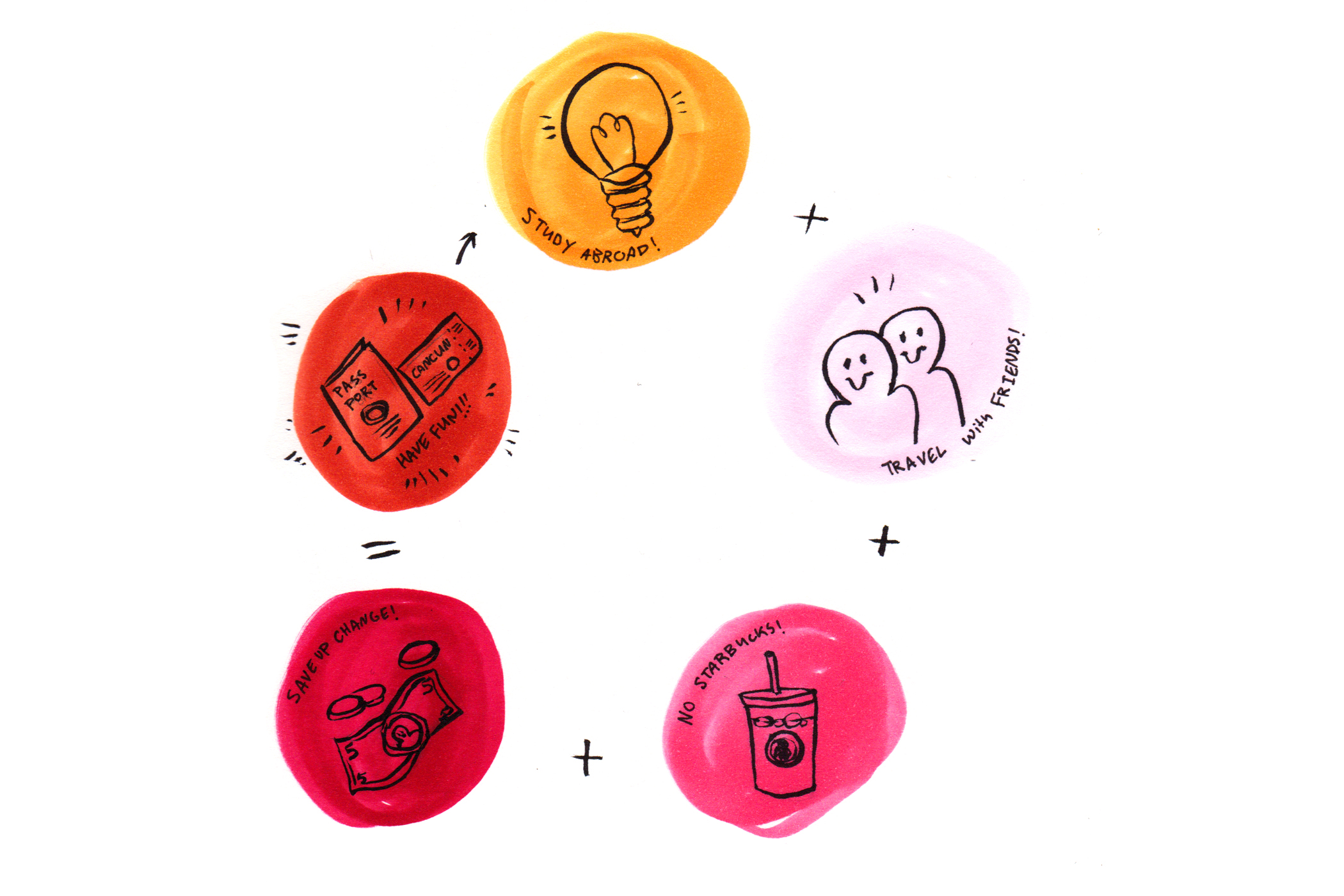Victim-blaming is pervasive across various societal arenas, creating an environment that empowers the privileged while stripping power from everyone else. This perpetuates a cycle that hinders personal empowerment and reinforces a damaging narrative, ultimately undermining the well-being of those who have experienced harm.
A culture of victim-blaming not only diminishes individuals’ self-worth, but also stifles their ability to advocate for themselves. It operates as a mechanism that discourages victims from expressing their struggles, leading them to internalize their challenges. This internalization fosters psychological subjugation, making it significantly more difficult for individuals to develop a sense of self-worth.
The attitudes, beliefs and values we embrace have the power to either uplift or damage one another. In today’s society, fear and shame are wielded as tools of psychological oppression, making individuals feel helpless or deserving of conditions which are the direct byproduct of a system that individuals don’t control.
Just World Theory suggests that we live in a just place, so people get what they deserve. Good people get good things, and bad people get bad things. The thought around this belief system is that it offers a sense of control to those who believe in it.
This idea is understandable for those who fear becoming victims and want to feel in control of their safety. Unfortunately, many have heard “I wouldn’t let it happen” or “It wouldn’t happen to me.”
This is a way of removing oneself from the probability of harm. It isolates the victim by implying they did something wrong to deserve this. Empathy is not given, as it is not deserved, which is genuinely the harm of this worldview.
Victim-blaming—frequently linked to cases of domestic violence and sexual assault—often operates in intimate and interpersonal situations where abuse is internalized, compounding the victimization.
It can also extend beyond abuse victims. By examining it through the lens of a just world perspective, we can see how victim-blaming is employed against oppressed groups to exacerbate their marginalization.
The intimate nature of victim-blaming is strikingly apparent in cases of gaslighting, a manipulative technique that unfairly burdens victims by distorting their perception of reality. This distortion often leads observers to perceive those undergoing gaslighting as gullible, as manipulators deliberately undermine the victim’s confidence in their thoughts, perceptions and memories, fostering an environment of self-doubt.
This perception of gullibility, coupled with guilt, compounds the harm suffered and intensifies the isolation experienced by the victim. Broad statements like “They should know it could happen” or “They should change how they act to avoid being victimized” further contribute to victim-blaming. This aligns with the flawed Just World Theory, suggesting that individuals are responsible for foreseeing accidents and incidents.
The Just World Theory, in turn, intertwines with the myth of meritocracy, a belief that individuals in different social classes earned their positions through merit or talent. However, the unspoken implication is that those in unfavorable social positions deserve the hardships they endure. This mindset implies that those facing poverty should merely work harder or be smarter to escape their circumstances. In examining this line of thinking, one must question: Who truly benefits from perpetuating such a perspective?
Poverty serves as a socially acceptable avenue for victim-blaming, where individuals are unfairly held accountable for the hardships they face. Those living below the poverty line lack not only material resources but also the empathy of society. Despite widespread awareness of the harsh realities tied to poverty, including health challenges and violence, there remains a tendency for some to question what the victim is doing about it?
By framing poverty as an individual problem rather than a collective societal concern, we strip away the shared responsibility we should collectively bear. This shift from a communal understanding of the issue to an individualized perspective not only diminishes the empathy owed to those facing poverty but also absolves society of any responsibility toward them, ultimately perpetuating exclusion.
In the realm of victim-blaming, minority groups, particularly those subjected to direct violence, such as police brutality, face a disturbing pattern. Despite a disproportionate number of Black individuals incarcerated, there exists continued protection of this system perpetuating this harm that distinguishes who deserves compassion and who warrants cruelty. This is evident in labeling someone as a criminal or suspect, which often results in the justification of inhumane treatment.
For those adhering to the Just World Theory, systemic injustices can be challenging to confront, as acknowledging a flawed system necessitates more significant change than blaming the actions of a single individual.
Consequently, even when someone is subjected to brutality, there are individuals quick to ask, “What did you do?” This tendency reflects an unwillingness to grapple with the idea that the entire system requires reform.
Victim-blaming extends beyond direct violence and can manifest more subtly, as seen during the AIDS epidemic. During this crisis, individuals were not treated compassionately, with blame placed on the gay and sexual minority population for perceived sinful activities, leading to further isolation.
This indirect form of victim-blaming highlights the pervasive nature of this behavior across various societal issues.
In more everyday and generalized scenarios, victim-blaming extends to the broader population, particularly in cases where individuals fall victim to corporations’ deceptive practices or harmful product exposures. For instance, the 1992 McDonald’s lawsuit, where over 700 complaints surfaced regarding scalding coffee and a woman suffered third-degree burns.
However, largely due to a well-executed public relations campaign, many dismissed the incident as the fault of a dumb consumer who should have known that coffee is hot. This narrative minimizes the genuine harm individuals endure and fails to provide them with actionable information.
This example illustrates a broader issue where societal tendencies to blame victims for their misfortunes can obstruct the pursuit of justice and prevent the dissemination of crucial information about potential hazards.
In such cases, the focus should be on holding corporations accountable for their practices rather than placing undue responsibility on individuals who have suffered harm. When the blame focuses solely on the victim, it perpetuates a status quo that maintains conditions conducive to potential harm.
A more just approach involves adopting a restorative justice framework that centers on the victim’s health and well-being. This framework goes beyond individual accountability, seeking collective changes to reduce the likelihood of victimization.
By acknowledging the systemic issues contributing to harm and implementing measures to address them, we move toward a more equitable and preventative approach to justice.

